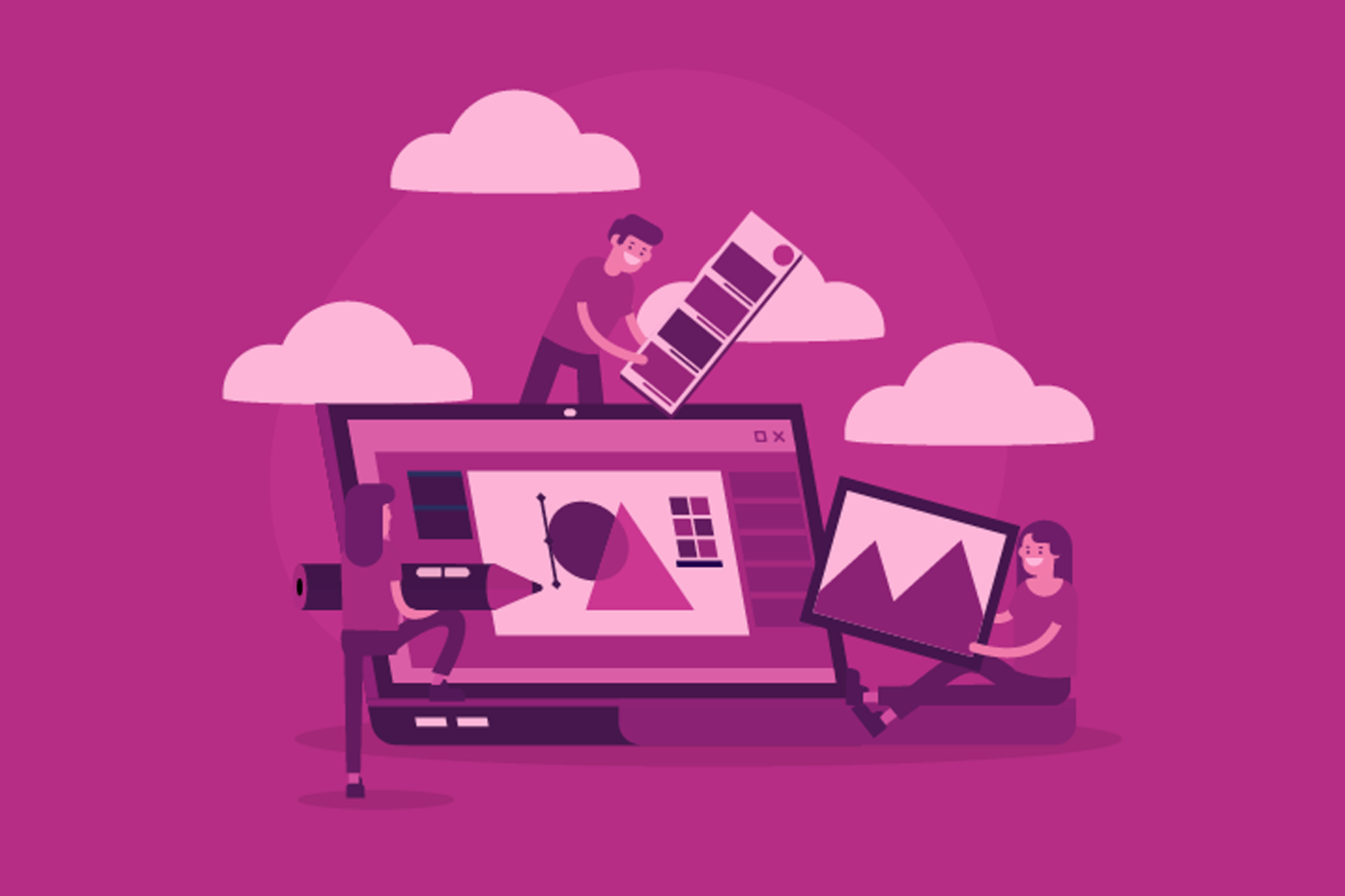Design sells. But most businesses can’t afford to slow down or bleed budget just to get high-quality graphics.
Hiring in-house often feels like overkill. Freelancers are hit-or-miss. And many “unlimited” design services churn out generic work that doesn’t align with your brand. Meanwhile, the actual design needs, like ads, web assets, social content, and marketing materials, keep piling up.
This is a guide to outsourcing graphic design work: what’s changed, what it really costs, and how to avoid wasting time or money on the wrong model.
Should You Outsource Graphic Design or Keep It In-House?
Professional graphic design outsourcing sounds like a no-brainer at first. You get fresh visuals without hiring someone full-time. But the reality’s more nuanced. You need to factor in control, speed, consistency, and how central design is to your business.
When Outsourcing Works Best
Outsourcing is ideal when design is project-based, not mission-critical.
If your design needs go up around product launches, ad campaigns, or seasonal pushes, and drop in between, outsourcing gives you the capacity without the overhead.
It’s also a good idea when you need specialized skill sets like motion design, custom illustration, or technical product visualization. These aren’t daily needs for most companies. Outsourcing lets you pull in the right expertise without hiring someone who’ll sit idle after the project wraps.
When In-House Makes More Sense
In-house design is better when design shapes your core user experience, like in product-led companies, consumer-facing brands, or anything visually driven. Outsourcing adds friction when you need close collaboration and full visibility.
The same goes for teams running frequent campaigns or launching weekly assets. When volume is high and turnaround needs are tight, an in-house team already familiar with your brand often delivers faster and more consistently.
The 4 Ways to Outsource Design And How to Pick the Right One
1. Freelancers: Maximum Flexibility, Maximum Management
Hiring a freelance designer makes sense when your needs are few and occasional. You want a new logo, social graphics, or pitch deck slides, and you want it done without bloated fees.
Cost: $25 to $150/hour, or $500–$5,000/month depending on scope.
The upside: You pay only for what you need, with direct access to the person doing the work.
The downside: You’re the art director, project manager, and QA lead. You’ll write briefs, review drafts, and manage timelines. Not all freelancers excel at following creative directions or staying consistent with your brand.
Works best if:
- You have one-off or small-batch design needs
- You know what “good” looks like and can give clear direction
- You’re comfortable managing creative work yourself
2. Design Agencies: Full Service, Full Price
Agencies are best when you need scale and strategy, like a rebrand, new website, or full campaign rollout. You’re not just buying design hours; you’re getting a creative lead, project manager, and access to specialists.
Cost: $4,000–$20,000/month retainers, or $10,000–$50,000+ for defined projects.
Agencies bring process and polish. They can create brand systems, coordinate asset production across channels, and tie design to business goals. But you’ll pay for the layers, both in cost and turnaround time. You don’t get direct access to the designer doing the work, and feedback loops tend to be slower.
Works best if:
- You need cross-channel branding work, not just assets
- You don’t have time to manage creative output
- You’re okay trading speed for structure
3. Subscription Design Services: Predictable Output, Limited Depth
Subscription services are the efficient middle ground for high-volume, low-complexity work. Think: daily Instagram graphics, email banners, ad variations.
Cost: $500–$2,500/month for “unlimited” design requests.
Just know that “unlimited” means one active request at a time. Quality is often decent but templated. You get a fast turnaround, but if you need something custom or strategy-driven, subscription services might fall short.
Works best if:
- You have ongoing design needs, but limited in-house bandwidth
- You want predictable costs and don’t needa creative strategy
- You’re okay with executional output that’s “good enough”
4. Direct Talent Hiring: Senior Skills Without the Overhead
Direct hiring through freelance and remote work platforms gives you something the other models don’t: high-skill, brand-aligned output without building a full-time team or locking into an agency retainer.
Cost: $5,000–$8,000/month, depending on hours and complexity.
You work directly with your designer, no queue, no account manager, no platform bottlenecks. Unlike freelance marketplaces, you’re not gambling on talent. Quality platforms screen for industry experience, communication, and execution ability.
Works best if:
- You want high-quality creative without hiring full-time
- You need someone who can think and execute independently
- You’re done wasting time managing low-output freelancers
How to Find a Reliable Design Partner
Whether you’re commissioning a single project or looking for an ongoing creative partner, the goal is simple: find a talented graphic designer who gets it and doesn’t leave you chasing updates or fixing sloppy files.
Portfolio and Experience: Look Beyond Pretty Pictures
A slick-looking portfolio is great, but aesthetics aren’t everything.
Ask yourself:
- Does their past work solve the kind of problems you’re trying to solve?
- Can they handle your actual deliverables, ads, landing pages, packaging?
- Do they stick to brand systems consistently?
- Do they make information both readable and beautiful?
Pay attention to how they present their work. Is there context or explanation? Do you see variation across projects, or are they stuck in one visual style?
Communication and Process: Design Is Communication
If a designer can’t explain why they chose that layout or broke your brand’s color rule, you’re going to end up frustrated.
In the interview, see if they ask questions like:
- Who is this asset for?
- Is this part of a campaign or a one-off?
- Where will this be viewed, mobile, print, desktop?
These questions show they’re thinking like a designer who solves problems, not just decorates content.
Professionalism: Systems Over Charm
Don’t confuse likability with dependability. Ask direct questions about process and timelines:
- “What’s your average turnaround time for projects like this?”
- “How do you prioritize when juggling multiple clients?”
- “What happens if we hit a creative block?”
You’re not looking for perfect answers. You’re looking for evidence of a system. People who take their work seriously have ways of managing deadlines, delivering files, and adjusting to feedback without drama.
Managing Outsourced Design Without Losing Control
Once you’ve found the right design partner, smart management keeps projects on track:
Set Clear Brand Guidelines: Create or share a visual brand guide that includes logo placement rules, font choices, approved color palettes, and image styles. This helps designers hit the mark without constant corrections.
Use Content Calendars: A shared calendar lets everyone see what’s coming up, what assets are needed, and when they’re due. It helps your designer plan ahead and reduces last-minute scrambles.
Batch Your Feedback: Review and send notes at consistent times—daily, weekly, whatever works. It cuts down on interruptions and keeps progress moving.
Create an Approvals Process: Define who reviews what and when. This avoids confusion and rework.
Clarify Ownership Early: Decide who’s responsible for uploading finished assets and confirm you’ll receive original design files.
Making the Smart Choice
When you outsource graphic design, be intentional. Each option comes with different costs, trade-offs, and management needs. The key is understanding those differences so you can make a decision based on what actually works for your business.
Many successful companies use a hybrid approach. They keep core design work in-house and outsource campaign graphics, overflow tasks, or specialized projects. What matters most is being clear about what you’re keeping internal, what you’re outsourcing, and who’s responsible for each piece.
The design landscape has evolved significantly. The most successful businesses match their design needs with the right outsourcing model—one that delivers quality work without sacrificing speed, consistency, or budget control.
Whichever option you choose, success comes down to clear expectations, smart management, and choosing partners who understand that great design isn’t just about making things look good, it’s about making your business work better.
Ready to outsource your design work so you can focus on scaling your business?
At The Remote Reps, we match you with experienced remote designers who have been pre-vetted and trained to cater to your industry, goals, and expectations. Learn how we can help you scale sustainably here.


